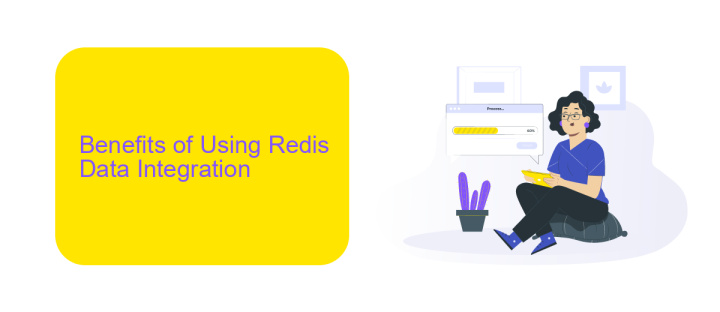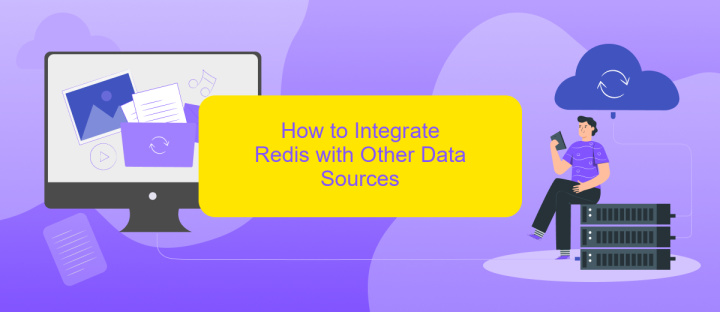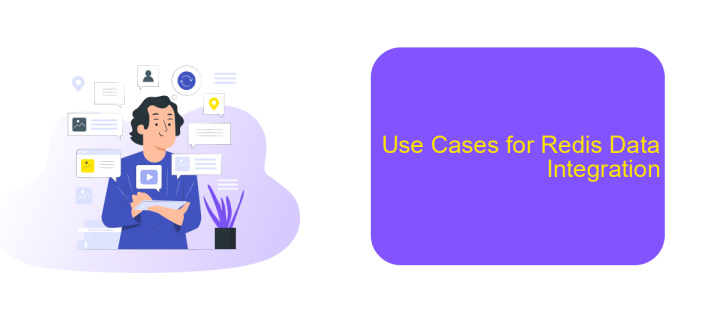Redis Data Integration
Redis, an open-source in-memory data structure store, has revolutionized data integration with its speed and versatility. This article explores how Redis facilitates seamless data integration, enhancing performance and scalability for various applications. From caching to real-time analytics, discover the benefits and implementation strategies of integrating Redis into your data architecture, ensuring efficient and reliable data management.
Introduction
Redis is a powerful in-memory data structure store, widely used as a database, cache, and message broker. Its versatility and high performance make it an essential tool for modern applications that require real-time data processing and low-latency access. Integrating Redis with various data sources and services can significantly enhance data flow and system efficiency.
- Real-time analytics
- Session management
- Message queuing
- Data caching
To streamline the integration process, tools like ApiX-Drive can be highly beneficial. ApiX-Drive provides a user-friendly interface for connecting Redis with a multitude of applications and services, enabling seamless data synchronization and automation. This allows developers to focus on building robust features rather than dealing with complex integration setups.
Benefits of Using Redis Data Integration

Integrating Redis into your data management strategy offers numerous benefits, significantly enhancing performance and scalability. Redis is an in-memory data structure store, which means it provides extremely low latency and high throughput, making it an ideal choice for real-time applications. By caching frequently accessed data, Redis reduces the load on your primary database, ensuring faster response times and improved user experience. Furthermore, Redis supports various data structures such as strings, hashes, lists, sets, and more, providing flexibility in how data is stored and accessed.
Another advantage of Redis data integration is its seamless compatibility with various third-party tools and services, such as ApiX-Drive. ApiX-Drive simplifies the process of connecting Redis with other applications, enabling automated data flows and reducing the need for manual intervention. This integration capability allows businesses to create efficient, interconnected systems that can adapt and scale as needed. Additionally, Redis offers robust features like persistence, replication, and clustering, ensuring data durability and high availability, which are critical for maintaining business continuity and reliability.
How to Integrate Redis with Other Data Sources

Integrating Redis with other data sources can significantly enhance the efficiency and performance of your data management systems. Redis, known for its speed and flexibility, can be combined with various databases, APIs, and data warehouses to create a seamless data flow.
- Identify the data sources you want to integrate with Redis. Common sources include SQL databases, NoSQL databases, and RESTful APIs.
- Use data integration tools like ApiX-Drive to simplify the process. ApiX-Drive offers pre-built connectors and a user-friendly interface for setting up integrations without extensive coding.
- Configure your Redis instance to interact with the chosen data sources. This may involve setting up data pipelines, writing custom scripts, or using middleware solutions.
- Test the integration to ensure data is correctly synchronized between Redis and the other data sources. Monitor performance and make adjustments as needed.
By following these steps, you can effectively integrate Redis with various data sources, leveraging tools like ApiX-Drive to streamline the process. This integration allows for real-time data processing and improved system performance, making your data management more robust and efficient.
Use Cases for Redis Data Integration

Redis is a versatile in-memory data structure store, widely used for its speed and efficiency. Integrating Redis with other systems can significantly enhance data processing capabilities and streamline workflows. The use cases for Redis data integration are diverse and impactful.
One common use case is caching, where Redis serves as a high-speed cache to reduce the load on primary databases and improve application performance. Another significant application is real-time analytics, where Redis processes and analyzes data streams in real-time, providing instant insights. Additionally, Redis is often used for session management, storing user session data to ensure fast retrieval and seamless user experiences.
- Caching to reduce database load and improve performance
- Real-time analytics for immediate data insights
- Session management for quick user session data access
- Message brokering to facilitate communication between microservices
- Geospatial data processing for location-based services
Setting up these integrations can be simplified using tools like ApiX-Drive, which automates the connection between Redis and various applications. By leveraging such services, businesses can quickly implement Redis data integration, reducing the complexity and time required for manual configurations.
Conclusion
In conclusion, integrating Redis into your data architecture can significantly enhance performance, scalability, and reliability. Its in-memory data storage capabilities make it an ideal choice for applications requiring real-time processing and low-latency responses. By leveraging Redis, businesses can streamline their operations, reduce latency, and improve overall user experience.
Moreover, utilizing services like ApiX-Drive can simplify the process of setting up and managing Redis integrations. ApiX-Drive offers a user-friendly interface and robust features that help automate data synchronization between Redis and other systems. This not only saves time but also reduces the complexity involved in maintaining integrations, allowing organizations to focus on their core business activities. Embracing Redis and complementary tools like ApiX-Drive can drive significant improvements in data management and operational efficiency.
FAQ
What is Redis Data Integration?
Why would I need to integrate Redis with other systems?
How can I automate Redis data integration?
What are the common challenges in Redis data integration?
Is it possible to integrate Redis with cloud-based applications?
Strive to take your business to the next level, achieve your goals faster and more efficiently? Apix-Drive is your reliable assistant for these tasks. An online service and application connector will help you automate key business processes and get rid of the routine. You and your employees will free up time for important core tasks. Try Apix-Drive features for free to see the effectiveness of the online connector for yourself.

